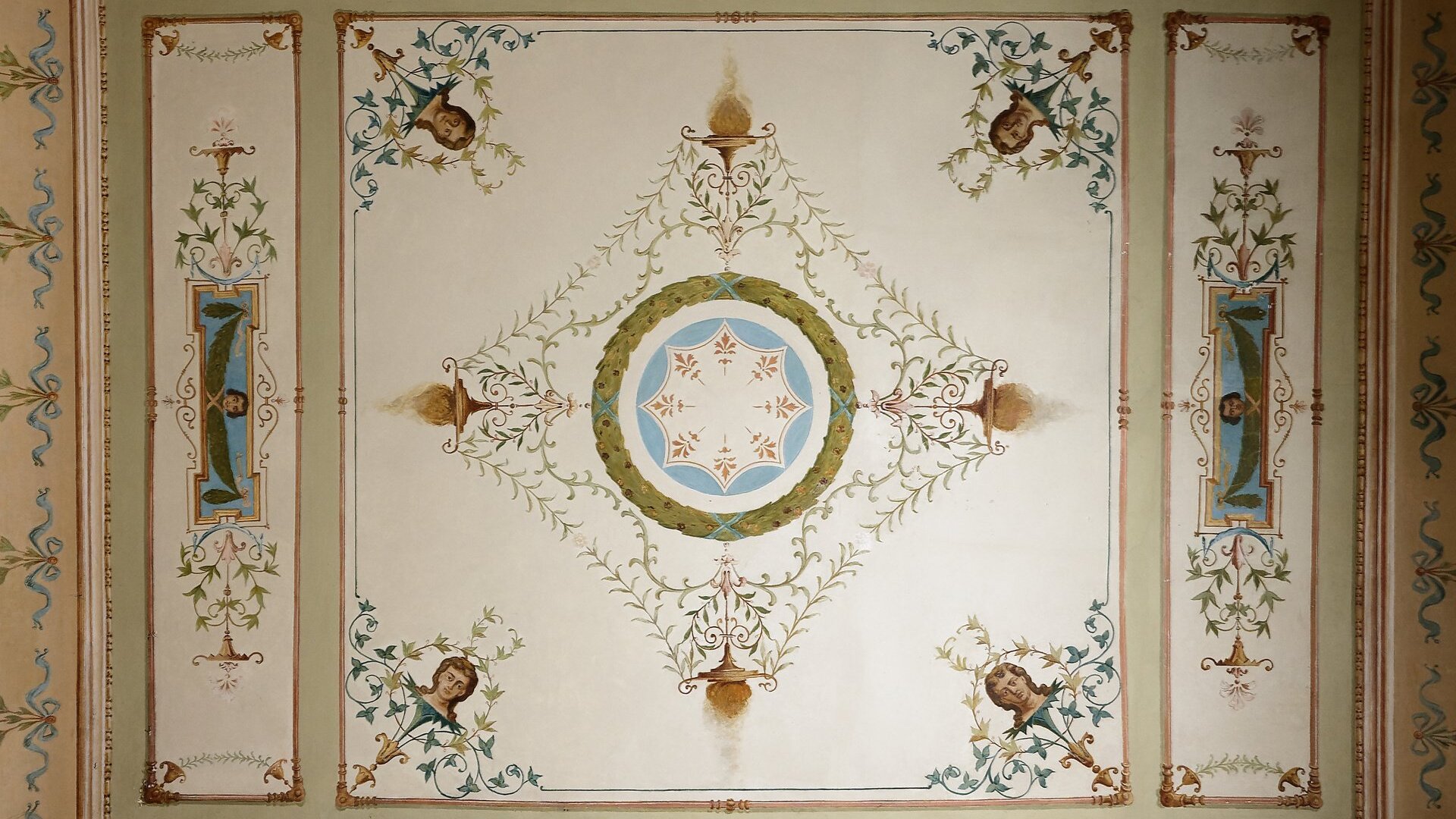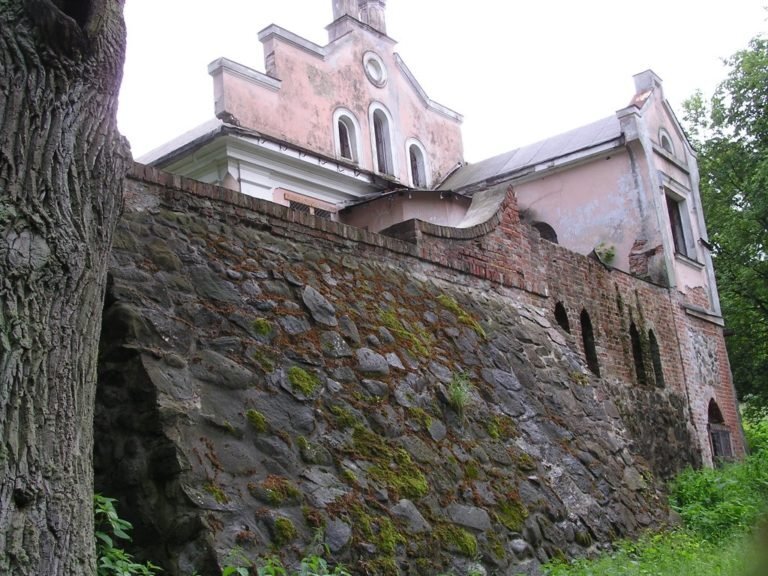HISTORY
Here is an overview of the history of the Korczew Palace from the ancient cult surrounding the Menhir stone, through the poet Norwid's correspondence with Joanna Kuczyńska, to the reconstruction after years of neglect under Communism and the recent fire.
BEFORE THE PALACE WAS BUILT
We know that the area surrounding Korczew was inhabited very early. This is evidenced by the Menhir standing stone which was found in a nearby village and moved to the palace grounds. It was probably an object of worship in pre-Christian times. The first written source to mention Korczew is a deed of endowment of 1401 in which Duke Janusz I of Masovia gives the village to Pretor of Brzezia. A few years later, another act of endowment appeared, this time issued by Grand Duke Vytautas of Lithuania. At that time, the Korczew area was located in the borderlands which often changed hands.
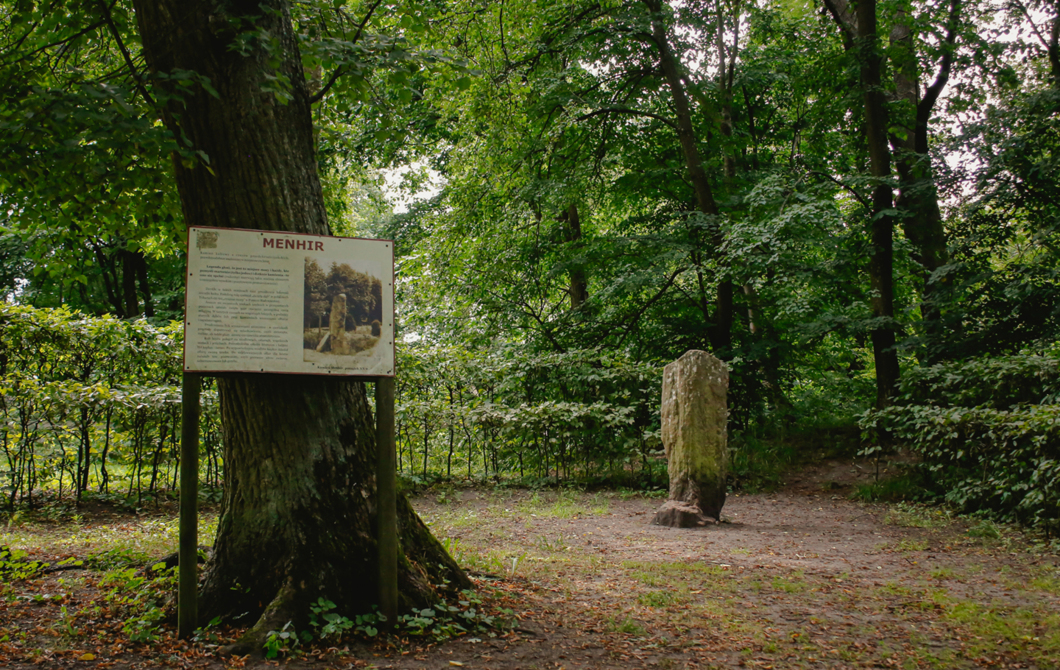
We know the names and some facts from the lives of the descendants of Pretor and the families who inherited Korczew from them. However, they did not leave many physical traces. In particular, it is still unknown where the Korczew manor house was located at that time. It is possible that it stood in the place of today's palace or the Siberia villa but there are no traces of it.
The most important monument from this period is the Renaissance parish church in Knychówek, founded in 1631 by Krzysztof Wiesiołowski. Over the next centuries, successive owners of the Korczew estate exercised patronage over the church.
WIKTORYN KUCZYŃSKI
Korczew Palace was built by Wiktoryn Kuczyński, castellan of the Podlasie region and founder of many churches in Drohiczyn, who made a fortune shipping grain to Gdańsk down the Bug river. The palace in Korczew was built for his younger son Leon.
The oldest part of the palace, the ballroom with original rococo stucco, dates back to that time. The Ślepowron coat of arms used by the Kuczyński family can be seen above the central entrance to the room. It is in the ballroom that meetings of the Bar Confederates, organised by Leon Kuczyński, were held.
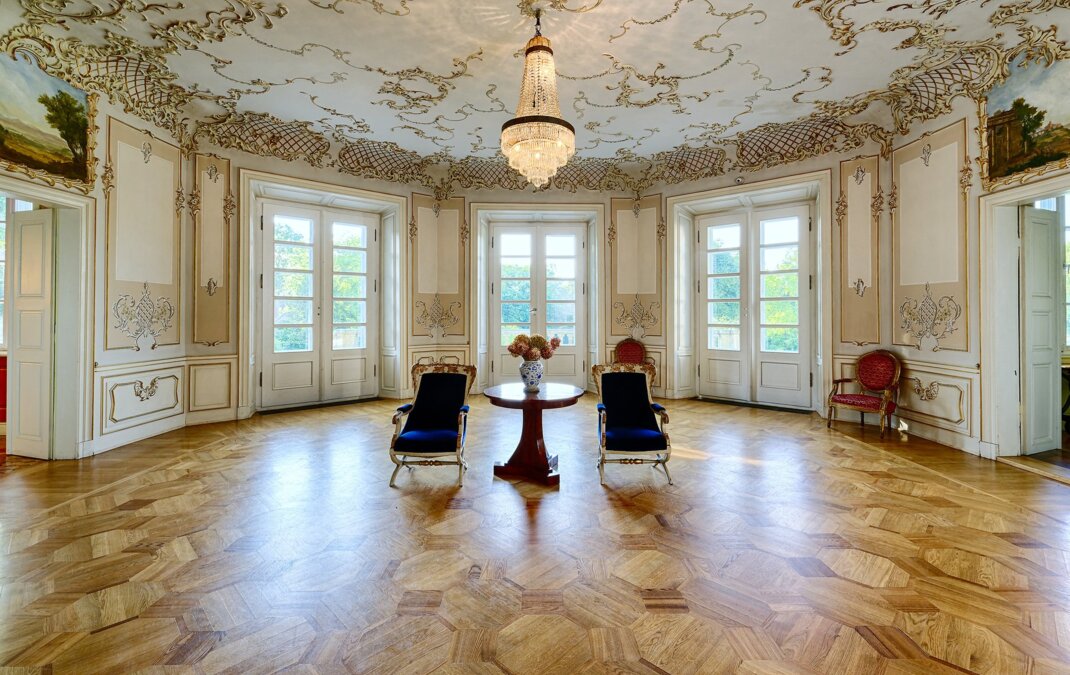
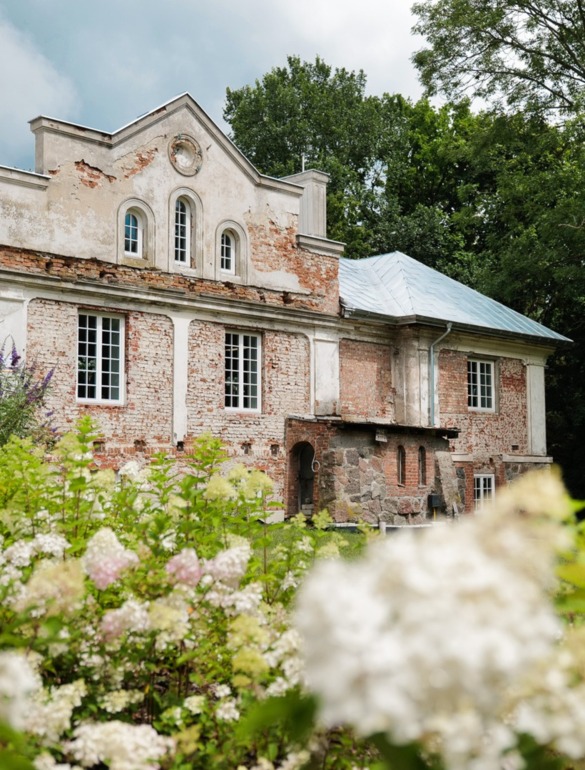
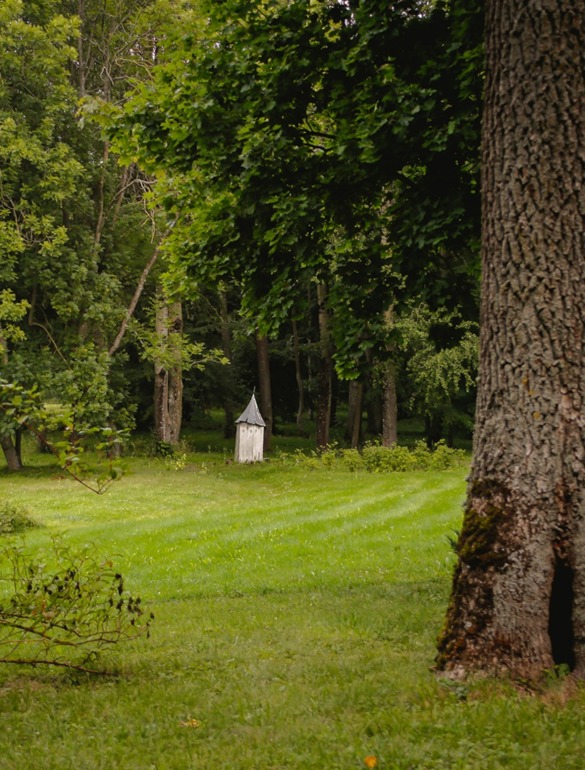
JASZCZOŁD, SIBERIA AND THE PARK
The first documented redesign of the palace took place in the 1830s when Aleksander Kuczyński hired Franciszek Jaszczołd, an architect who enjoyed great popularity in the Podlasie and Grodno region.
However, Jaszczołd introduced the biggest changes not in the palace itself but its surroundings. He re-planned the park, which he arranged in the English style which was fashionable at the time. He also built the second largest building on the site, known as Siberia, a summer villa in Jaszczołd’s signature neo-Gothic style.
Thus, the building reflected the romantic fantasies of the times in which it was built: from the north it resembles a medieval castle, and from the west a Polish manor house. He also designed a conservatory located at the back of the palace (now a chapel) and the nearby well of St. John of Nepomuk.
NORWID AND LADY OF KORCZEW
Despite the enormous expansion of the complex by Aleksander Kuczyński, it was his wife, Joanna Kuczyńska, née Wulfers, who left a stronger mark for posterity. This is due to her close acquaintance with the poet Cyprian Norwid, with whom she conducted an intensive exchange of letters for 15 years.
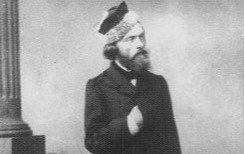
During Joanna Kuczyńska's stay in Paris in 1861, Norwid often visited her salon about which he said that he was coming to Korczew for tea. After one of these visits, the poet left three poems in the post box for Joanna Kuczyńska, her daughter Ludwika and teacher Józefa Koszutska: 'To the Lady of Korczew', 'To L.K.' ['Do L.K.'], and 'To Mrs Józefa from Korczew' ['Do Pani Józefy z Korczewa'].
During World War I, Zygmunt Mysłakowski, one of the poet's early researchers, was visiting Korczew when he accidentally came across the now-famous photograph of Norwid in an asymmetrical, peaked, four-pointed cap called konfederatka in the family album. The discovery prompted him to search further in the Korczew archives, as a result of which he found a large part of the correspondence. In the following years, more letters were discovered, which were handed over to the National Library in Warsaw according to the will of Krystyn Ostrowski, the last pre-war owner of the palace.
It is an interesting coincidence that Norwid's photograph in the konfederatka hat was found in Korczew because a hundred years earlier the ballroom had been a venue for meetings of the Bar Confederates. Unfortunately, no letters from Joanna Kuczyńska to Norwid have survived, so we can only deduce their content from what the poet wrote.
THE FIRST WAR AND THE NOAKOWSKI PROJECT
During the First World War, the palace suffered enormous damage. The terrace at the back of the building was destroyed and would not be rebuilt until 2018. As the palace needed extensive renovation, Krystyn Ostrowski, the owner, decided to redesign it. His wife, the painter Wanda Ostrowska, asked her teacher, Stanisław Noakowski for a project.
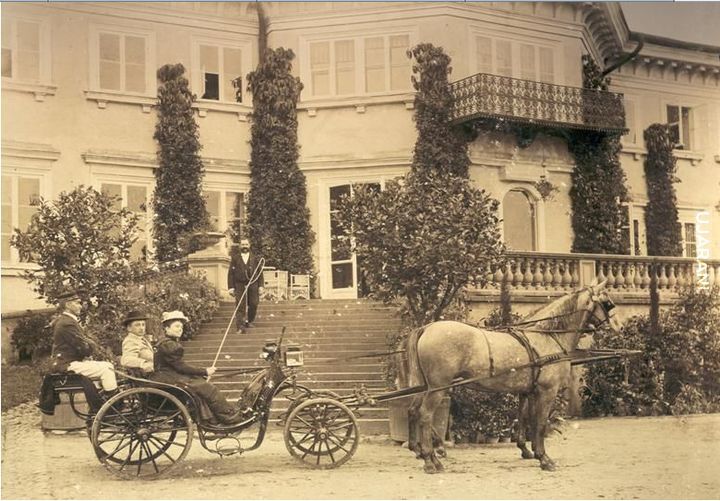
He refused because as a drawing theorist he did not as a rule create projects intended for realisation. However, he unexpectedly sent a sketch of the facade, imitating the style of the reign of the eighteenth-century king Stanisław August Poniatowski. To this day, the front façade of Korczew Palace is the only completed architectural project by Noakowski.
WAR AND THE POST-WAR PERIOD
The renovation was completed just before the outbreak of World War II. Krystyn Ostrowski was asked to join a convoy that was to transport the Polish national treasure across the Romanian border to Turkey and then to France. Krystyn was probably chosen because of his contacts in Istanbul from the time he worked for the Red Cross.
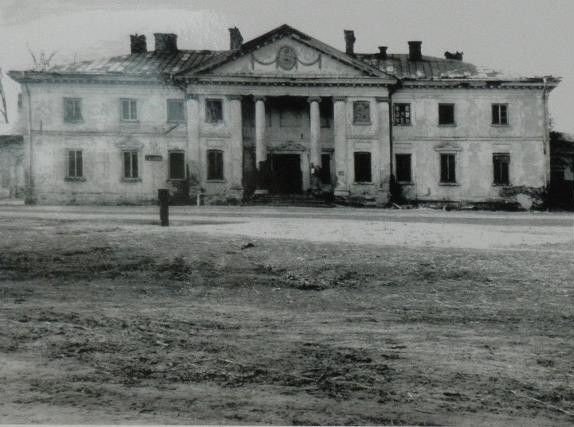
His wife Wanda, mother Helena and younger daughter Beata also joined the convoy. Renata, the elder daughter of the Ostrowskis, remained in Warsaw, where she worked as a nurse at the Maltese Hospital. After the mission, the Ostrowskis settled in Paris, moving to Lisobon after the invasion of Nazi Germany on France and finally arriving in London. Krystyn held various positions in the government in exile until his death in 1980. After emigrating, Wanda was active as an artist, painting portraits, Portuguese architecture and the ruins of London after the Blitz. She died at the age of 56 in 1951.
During the war, Korczew Palace was initially taken over as a border guard post and later as a sanatorium for German soldiers returning from the eastern front. The building did not suffer much damage but its contents did - the Germans stole most of the furniture and burned much of the palace library. Greater damage was later caused by Soviet soldiers and many years of neglect. The palace was nationalized as part of the agricultural reform and with each subsequent year it fell further into ruin. The ballroom was used to store fertilizers which destroyed the old oak floor. Broken windows were not repaired, and the elements contributed to the gradual devastation. The only original piece of furniture left was a heavy metal safe.
'TOURISTS WELCOME'
Beata and Renata Ostrowska returned to Poland in 1989 and bought back their former family home – the palace was in a state of complete ruin at that time. With no funds for a major renovation and no guarantee of success, they gradually renovated the building, supported by Beata's husband, Rodney Harris, and later their son Al. From the very beginning, a sign saying 'Tourists welcome' hung on the fence.
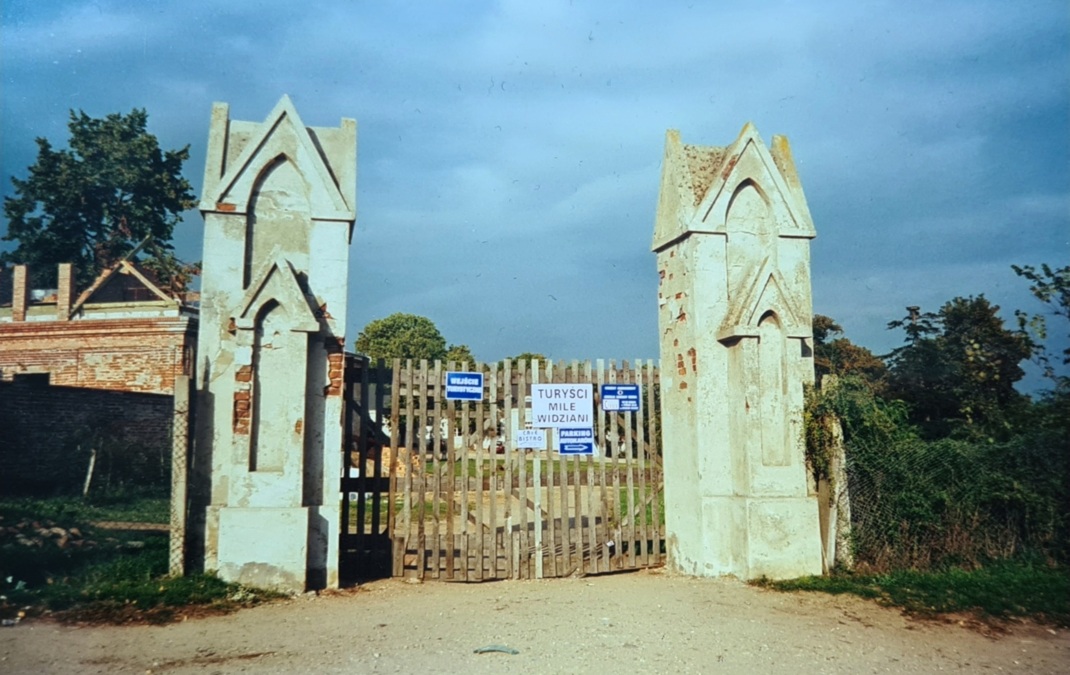
RENOVATION
The renovation was carried out without significant public support for over 25 years. During this time, the family managed, among other things, to secure the entire main palace building, restore the ground floor, renovate two wings and the Guard Tower, and take care of the overgrown park. Korczew has become one of the most important tourist attractions in the region. The palace renovation was completed in 2018 thanks to European funding. New exhibition rooms and a theatre hall were created on the first floor, and the orangery and terrace were reconstructed. You can learn more about the renovation of the palace in the Foundation tab
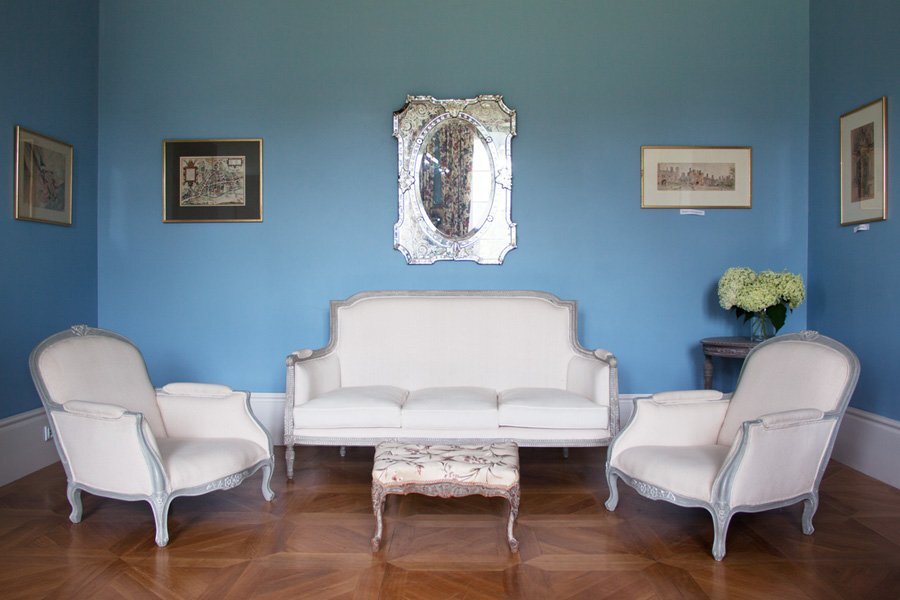
FIRE
A fire broke out in December 2021, consuming the entire roof and most of the first floor of the palace. Thanks to the perseverance of more than 200 firefighters, the flames were stopped but the fire still destroyed decades of efforts of the family. Restoring the building to the state before the fire is now the overarching goal of the Korczew Palace Foundation.
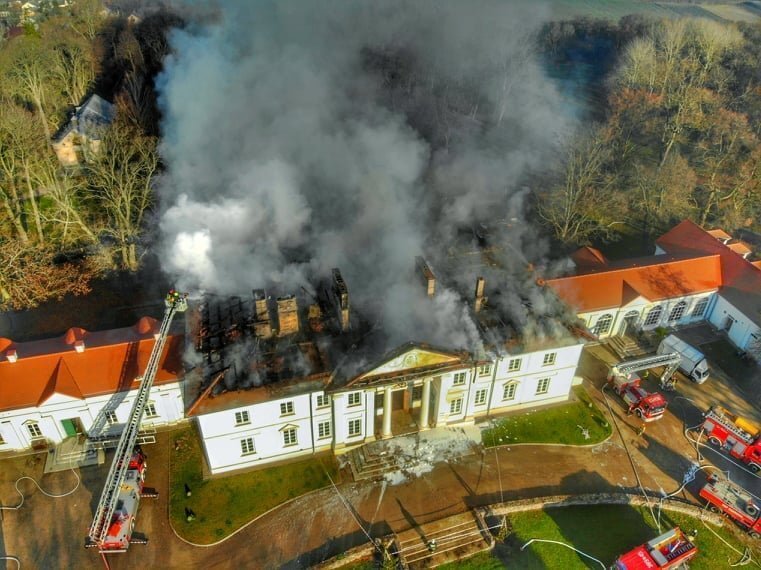
restauracja
Zmęczonych turystów i przejezdnych zapraszamy do naszej restauracji w Kuźni Pałacowej, położonej tuż naprzeciwko pałacowej bramy. Głodnym proponujemy specjały kuchni regionalnej, a spragnionym odpoczynku znakomitą kawę i ciasto na tarasie. Więcej o naszej kuchni dowiedzą się Państwo w zakładce Restauracja.


